‘Sam Now’: Award-Winning Documentary Made With Adobe Creative Cloud Explores the Impacts of Childhood Trauma
The director and editors behind the highly personal documentary share how they turned 25 years of footage into a touching film.
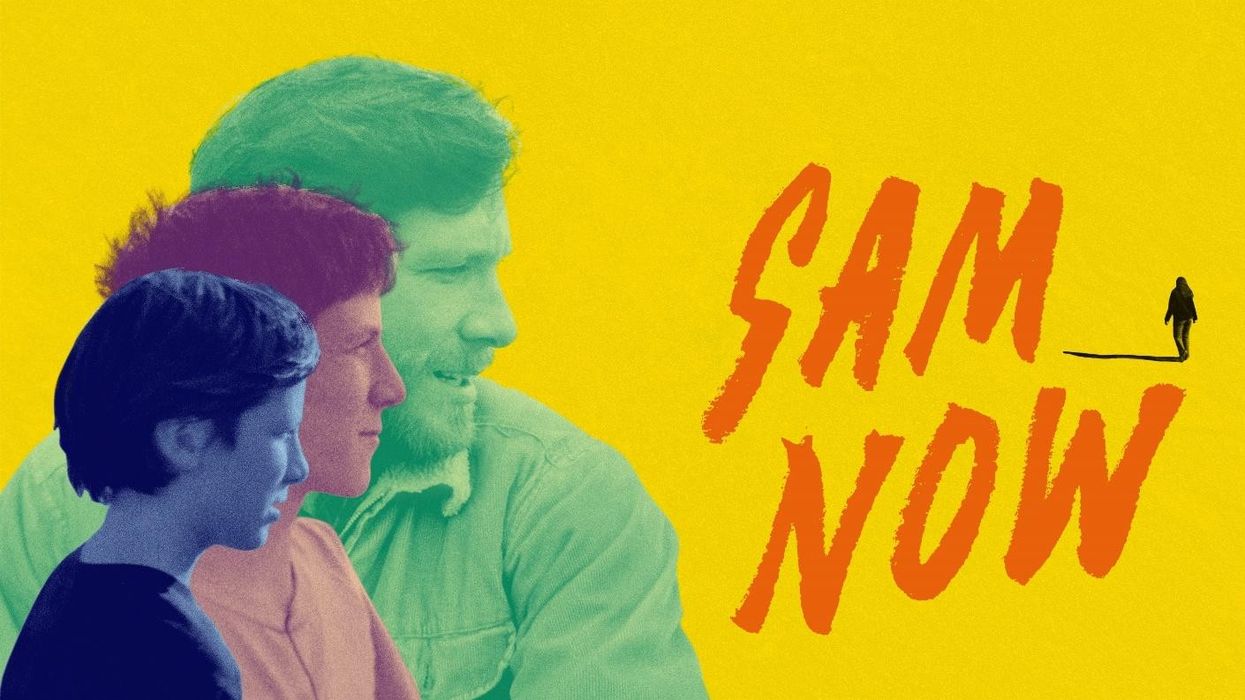
When Sam Harkness was 14 years old, his mother Jois vanished without a trace. Years later, with his older half-brother, aspiring filmmaker Reed, he set off on a road trip to try and find her. SAM NOW is a monumental coming-of-age documentary that follows the brothers’ 25-year quest to find answers. The gripping film explores the heavy themes of intergenerational trauma with the exuberance and optimism of youth.
Director and Producer Reed Harkness honed his filmmaking skills by creating movies starring Sam in their backyard and around their Seattle neighborhood. While Reed went on to become a successful director and cinematographer, working primarily on documentary and commercial films, his mind and camera always went back to the story of Sam and his family. Alongside Producer and Editor Jason Reid and Editor Darren Lund, Reed stitched together decades of video footage and memories into a stunning documentary that has won more than a dozen awards, including Best Documentary at the Zurich Film Festival, and high praise from the likes of The New York Times and RogerEbert.com.
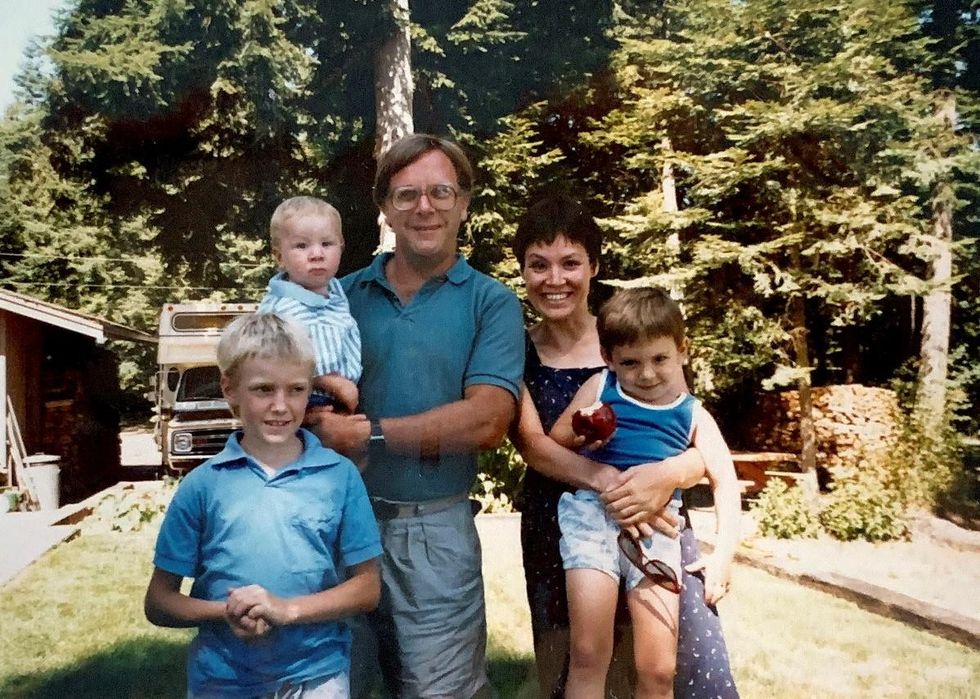
Harkness family, 1986, 'SAM NOW'
How did you get started in the film industry?
Reed: I grew up interested in film. My mom said that I would make little Claymation movie sets as a toddler and act out scenes with them. My brothers, cousins, and I would all make movies with my grandma’s VHS camcorder. I eventually graduated to shooting on Super 8 film and started making short films with my little brother, Sam. But as he grew up, we both started feeling the weight of his missing mother, my stepmom. So we decided to film our quest to find her.
Jason heard about it, and he was a natural fit for the project. Both because he had a lot of experience in documentaries, and because he’s known me and my family for decades.

Reed Harkness, Producer & Director, ‘SAM NOW'
Jason: We met when we were five years old, grew up on the same block, and both got into filmmaking. I’ve primarily done documentaries, and that’s where I met Darren. We had worked on several projects together, including Dirtbag: The Legend of Fred Beckey, which went on to become a big success that won a lot of awards. We ended up getting a co-production deal with ITVS, which funds films for PBS, and that allowed us to commit to editing full time on SAM NOW.
What makes SAM NOW different from other projects you’ve worked on?
Jason: There’s just so much footage. We’re talking thousands of clips over 25 years. It probably took me four years just to organize everything, and Reed was still shooting the whole time.
Reed: We have so many different formats: VHS, Super 8, Super 16, MiniDV, HD, ARRI 4K, RED 4K… pretty much everything. And that’s not counting old archival photos and footage from the family. But it’s not just technology changing; it’s also me evolving as a filmmaker. I’m playing with different filming techniques over the years. I wanted the film to feel like a collage of all the formats and techniques to let the viewer into my world and growth as a filmmaker.

Jason Reid, Producer & Editor, 'SAM NOW'
Why did you edit SAM NOW on Adobe Premiere Pro?
Darren: Jason and I both started our careers working on Final Cut, but when Final Cut X came out, we weren’t super impressed. It seemed like the right time to switch to Adobe Premiere Pro, and we’ve used it ever since. Over the years, we started slowly learning all of the complimentary Creative Cloud apps, and it’s been really helpful to have all of these apps that work together.
For SAM NOW, we used Adobe After Effects and Photoshop a ton as well as Illustrator and Lightroom, and even got to learn some new tools experimenting with Animate. We usually use Adobe Audition, but this time we did all of the initial audio editing in Premiere Pro, before doing our final audio mixing and mastering with IMRSV Sound in Berkeley, CA. Even beyond the film, we used Photoshop for our first poster and InDesign for pitch decks. There’s just a lot of potential with the whole Creative Cloud suite beyond Premiere Pro.
Jason: Because it was such a long edit, we went through several versions of Premiere Pro during production. We used Media Encoder to convert footage that wasn’t supported by Premiere Pro at the time, but now we can drop most anything into the timeline.
Reed: I was impressed with how Premiere Pro handled all of the different clips. We had a lot of different frame rates and formats from decades of shooting, and it all came together beautifully.

Darren Lund, Editor, 'SAM NOW'
What are some of your favorite features of Premiere Pro?
Jason: For me, it’s all about the organizational tools. We color-coded different types of clips, like B-roll versus interviews. I’d use markers a lot to leave myself notes or tag interview questions to make it easier to find.
Overall the way that we can organize folders and sequences is so helpful. With so much footage, there were so many different approaches we could take with every scene. Being able to create multiple sequences, keep track of them, and compare throughout the edit was huge.
Darren: One thing that I liked was the ability to embed After Effects and Photoshop projects. Projects would update in the timeline without needing to round trip export, which saves us a lot of time and hassle.
And right at the very end of the edit, Premiere Pro released Speech to Text, which is my new favorite feature. I’m pretty impressed with the transcription, and it makes such a difference when dealing with interviews to have it built right into Premiere Pro.
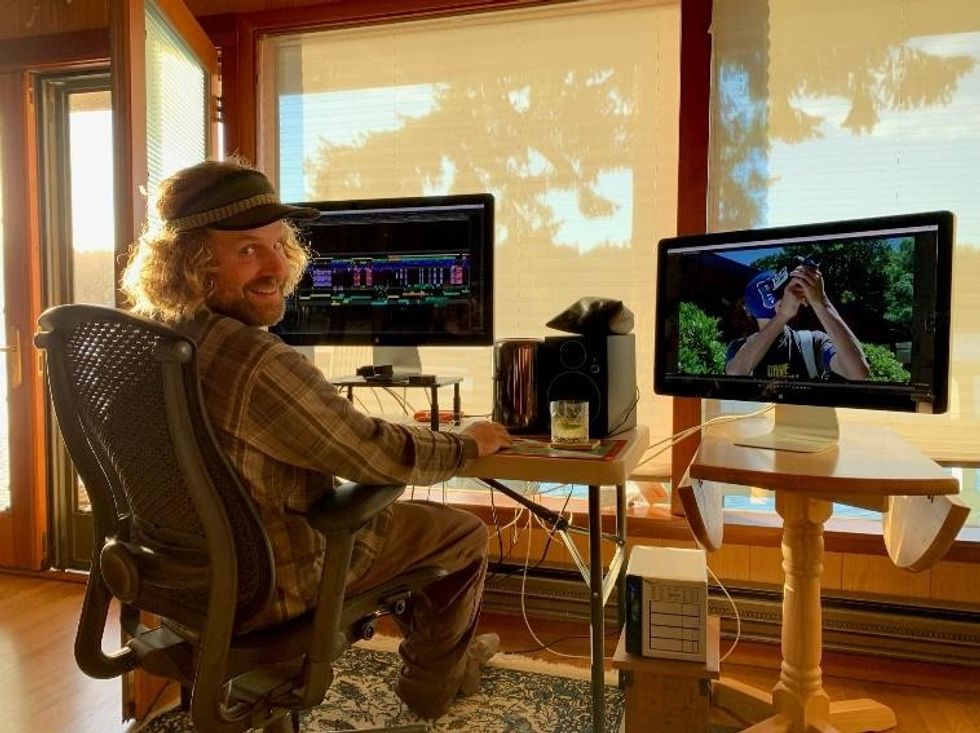
Jason Reid at work on 'SAM NOW'
Do you have any advice for other filmmakers?
Reed: For something this big, you really need more than one editor. If you think of making a movie like a jigsaw puzzle, this was a puzzle the size of a city block. It really helps to have multiple minds trying to keep on top of all of the options and find ways to piece it together.
Jason: And I can’t talk about organization enough. For a project of this scale, it’s crucial to know where everything is in the project or things can get completely lost. We used all of the tools in Premiere Pro to keep track of things, but then we also had Google Sheets where we logged clips and left notes so that we could keep all of our ideas organized.
Darren: I think in general, the most important thing for all filmmakers is the ability to take feedback. There’s so many different versions of the movie that could exist. It was important for us to show the movie to family, to other filmmakers, to people of all ages and genders, and get different perspectives on what was working and what wasn’t.
Reed: That actually leads to a funny editing success story. The first few film festivals that we went to, I could see from the audience reactions that we were missing something. My epiphany was that we needed something powerful to show Sam’s emotional arc, so we added a sequence centered around Sam’s letter to his mom and reworked Jois' childhood story to include more context about Japan and adoption post-WWII.
It took us another two or three months of editing to get it just right, but at the very first film festival where we showed the new version, we won our first award. When I tell people that we didn’t always have that sequence in the movie, they can’t believe it. They say it feels like the heart of the story.
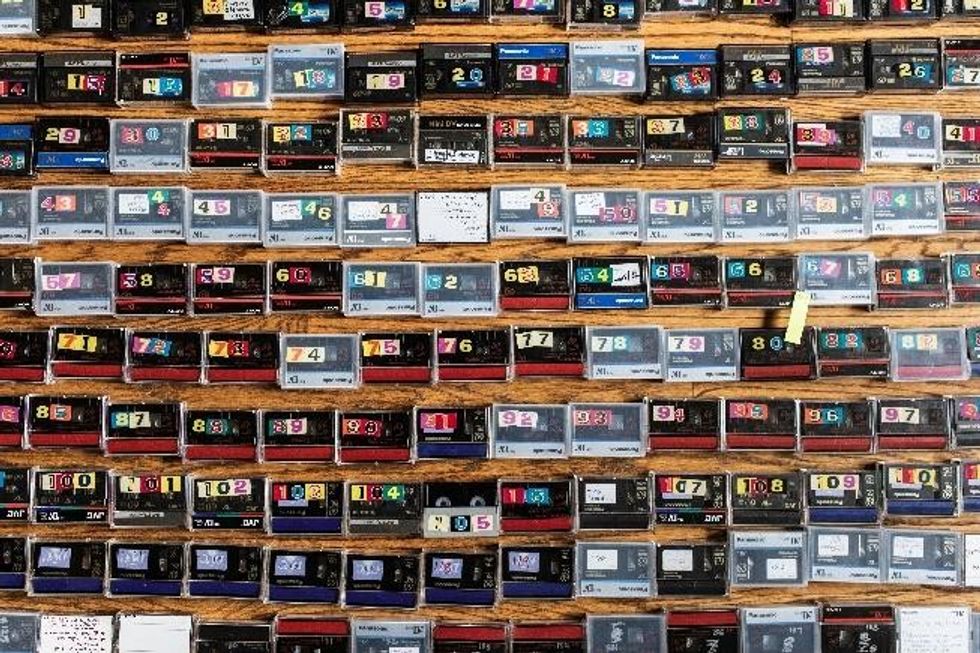
Video footage, 'SAM NOW'
What do you want audiences to take away from SAM NOW?
Reed: I want everyone to take away something different. We all have nuanced family stories, and there are many people who have questions about what happened in their youth. I made this film because I wanted to investigate my family and try to understand certain things. And I hope that empowers other people to know that it’s normal to be curious, to question, and hopefully find their own answers.
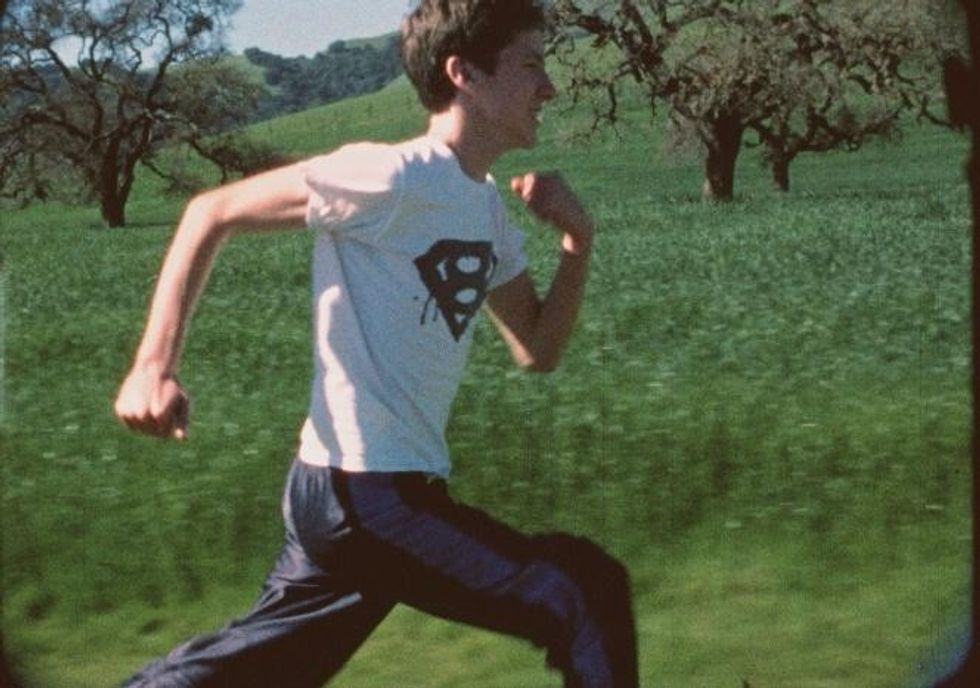
Sam Harkness, 'SAM NOW'
SAM NOW is available on Amazon Prime Video, Apple TV+ , Google Play, and Vudu. Learn more about the film and find screenings on the SAM NOW website.











